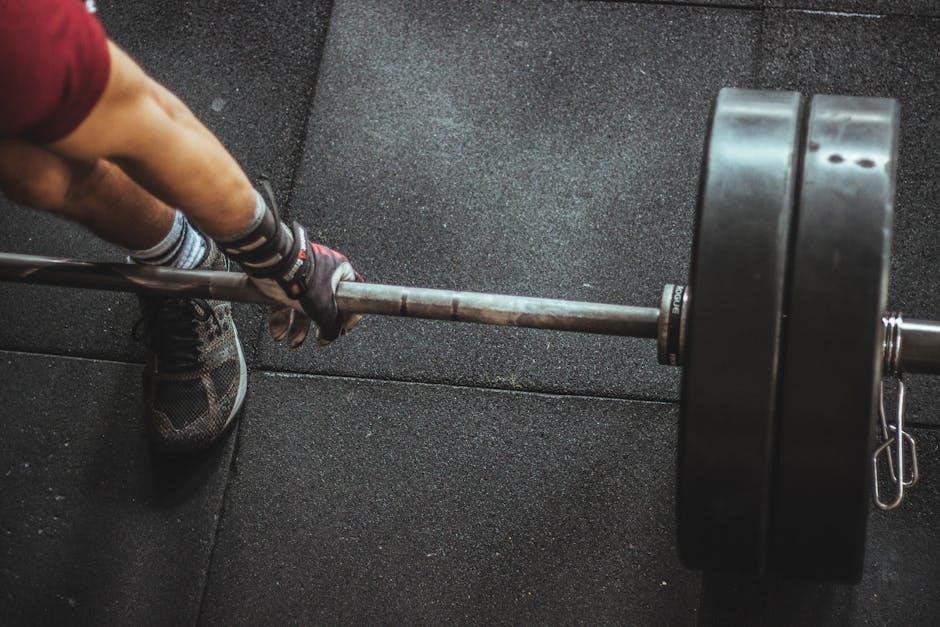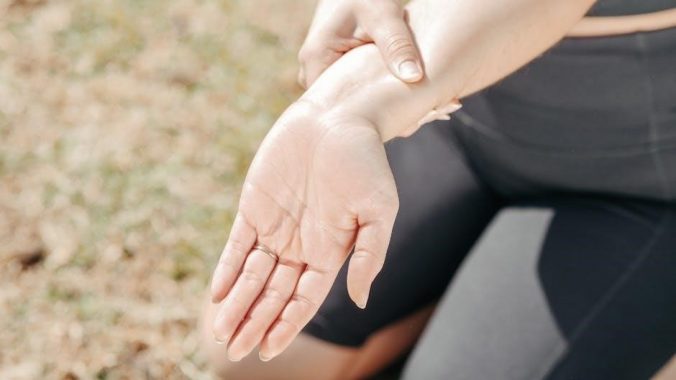Quadriceps tendinitis is an inflammation of the quadriceps tendon, causing knee pain and stiffness. It often affects athletes and individuals with repetitive knee movements. Proper management, including specific exercises, is essential for recovery and prevention.
Understanding the Condition and Its Importance
Quadriceps tendinitis refers to inflammation of the quadriceps tendon, which connects the quadriceps muscles to the patella (kneecap). This condition often arises from overuse, repetitive movements, or direct trauma, leading to pain, swelling, and limited knee mobility. It commonly affects athletes, runners, and individuals engaged in activities involving frequent jumping or squatting. Understanding quadriceps tendinitis is crucial for early diagnosis and effective management, as untreated cases can progress to chronic pain or even tendon rupture. The condition highlights the importance of proper muscle strengthening, flexibility, and adherence to rehabilitation protocols. Addressing quadriceps tendinitis through targeted exercises and lifestyle modifications can significantly improve recovery outcomes and prevent recurrence. This understanding also underscores the role of preventive measures in maintaining long-term joint health and functional mobility.

Causes and Risk Factors of Quadriceps Tendinitis
Quadriceps tendinitis is often caused by overuse, repetitive knee movements, and sudden changes in physical activity. Risk factors include tight quadriceps muscles, poor training techniques, and pre-existing knee injuries or conditions.

Identifying Activities and Movements That Contribute to the Condition
Activities that involve repetitive knee flexion, such as running, jumping, and cycling, often contribute to quadriceps tendinitis. Sudden changes in training intensity or frequency can also strain the tendon. Additionally, movements like deep squats or lunges, especially with poor form, may exacerbate the condition. Overuse in sports requiring frequent kicking or quick directional changes is another common factor. Tight quadriceps muscles and imbalances in thigh strength can further predispose individuals to this condition. Identifying and modifying these movements is crucial for prevention and recovery.

Types of Exercises for Quadriceps Tendinitis
Exercises for quadriceps tendinitis include strengthening routines like isometrics and straight leg raises, as well as stretching movements such as hamstring and hip flexor stretches to improve strength and flexibility.
Strengthening Exercises for the Quadriceps
Strengthening exercises are essential for managing quadriceps tendinitis, helping to restore muscle balance and reduce pain. Straight leg raises and isometric exercises, such as quad sets, are commonly recommended. These exercises target the quadriceps without placing excessive strain on the tendon. Progression to weight-bearing exercises, like step-ups and leg presses, can be introduced as strength improves. Resistance bands can also be incorporated to add challenge. It’s important to perform these exercises in a controlled manner, avoiding any movements that cause sharp pain. Strengthening should be done gradually, with a focus on proper form to prevent further injury. Consistency is key to rebuilding strength and supporting the tendon during recovery. Always consult a healthcare professional to tailor exercises to individual needs and ensure safe progression.
Stretching Exercises to Improve Flexibility
Stretching exercises play a crucial role in improving flexibility and reducing tension in the quadriceps tendon. Gentle stretches, such as standing or lying hamstring stretches, can help alleviate tightness. Kneeling hip flexor stretches and calf stretches are also beneficial, as tightness in these areas can contribute to quadriceps strain. It’s important to hold each stretch for 20-30 seconds and avoid bouncing, which can cause micro-tears. Stretching should be done after strengthening exercises or light activity when muscles are warm. Regular stretching helps maintain muscle balance and reduces the risk of recurrence. Incorporating dynamic stretches, such as leg swings, can also improve range of motion. Always prioritize gentle and controlled movements to avoid exacerbating the condition. A consistent stretching routine supports long-term recovery and overall knee health.

Prevention and Recovery Tips
Apply ice to reduce inflammation, use bracing for support, and avoid aggravating activities. Gradually return to exercise, ensuring proper warm-up and technique. Consistency in recovery routines enhances healing and prevents recurrence.
Best Practices for Avoiding Recurrence
Avoiding recurrence of quadriceps tendinitis requires a consistent and structured approach. Begin with gentle strengthening exercises, such as straight leg raises and quad sets, to rebuild muscle strength without overloading the tendon. Incorporate flexibility exercises, like hamstring and quadriceps stretches, to improve joint mobility. Proper warm-up and cool-down routines are essential to prepare the muscles and tendons for activity. Avoid sudden increases in exercise intensity or duration, as this can trigger inflammation. Use supportive bracing or taping during high-impact activities to reduce stress on the knee. Maintain a balanced training program that includes core and pelvic stability exercises to enhance overall lower limb alignment. Regularly monitor your exercise intensity and avoid repetitive movements that strain the knee. Consider consulting a physical therapist to develop a personalized recovery plan. By adhering to these practices, you can significantly reduce the risk of recurrence and promote long-term tendon health.

Advanced Treatment Options
Advanced treatments may include physical therapy, ultrasound therapy, and soft tissue massage to promote tendon healing. Bracing and taping can provide additional support during recovery. Professional guidance is crucial for optimal outcomes.
Combining Exercises with Physical Therapy

Combining targeted exercises with physical therapy is a cornerstone of effective recovery from quadriceps tendonitis. A structured program often includes strengthening exercises like straight leg raises, quad sets, and hamstring stretches to improve muscle balance and reduce strain on the tendon. Physical therapists may incorporate techniques such as ultrasound therapy, soft tissue massage, and transverse friction to enhance tendon healing and reduce inflammation. These methods, when paired with a home exercise regimen, promote faster recovery and prevent recurrence. Progression to more dynamic exercises, such as lunges and leg presses, is typically guided by the therapist to ensure proper form and avoid overloading the tendon. Bracing or taping may also be recommended to provide additional support during rehabilitation. Consistency in both therapy sessions and daily exercises is crucial for achieving long-term strength and stability in the knee joint.

Leave a Reply
You must be logged in to post a comment.